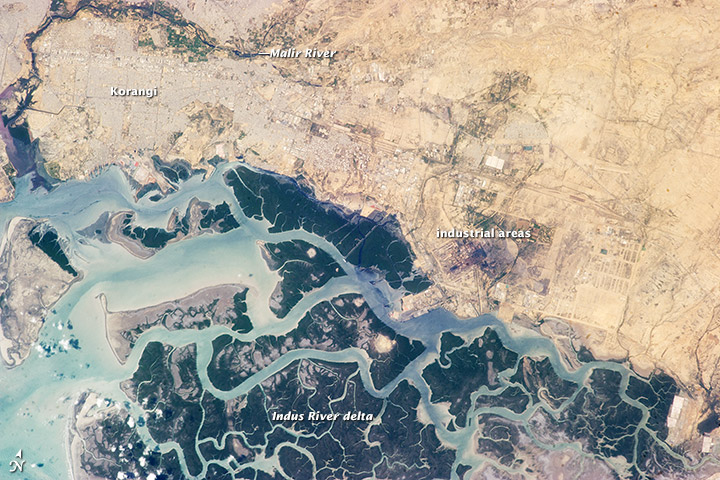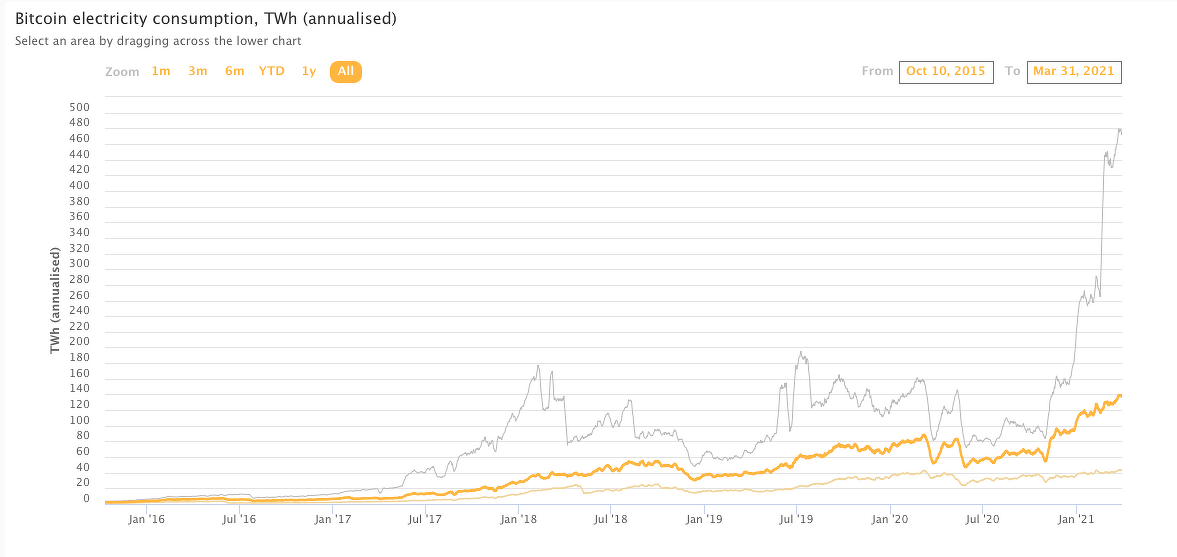Local fishermen near Karachi employed at least seven boats to catch over 100 metric tonnes of catfish, according to reports.
The fishermen took around five hours to harvest a large batch of catfish at Khai Creek, a trawling set up at the mouth of Indus Delta. The entire harvest was auctioned off at the Karachi Fish Harbor, recording a sizeable sale of Rs. 11 million, WWF-Pakistan stated on Monday.
Technical Advisor (Marine Fisheries) WWF-Pakistan, Muhammad Moazzam Khan, remarked,
In the past, aggregation of sea catfish was frequently found between October to March. Naturally, catfish are susceptible to breeding aggregations in coastal areas. Catfish form large breeding aggregations in coastal areas.

According to Khan, the existing aggregation consists of a singular species called Netuma Thalassina. This breed of fish typically tends to grow to a size of 180 cm, weighing 19 kg. In terms of a mass-scale aggregation, the schools or herds of sea catfish are regularly observed at the mouth of the Indus Delta, along Sonmiani Bay, the Ormara plateau, and Pasni in Balochistan.
ALSO READ
This Fish Stall Owner from Karachi Has Registered His Business With FBR for Pakistan’s Sake
According to WWF-Pakistan, overfishing and oceanographic changes have limited such massive aggregations to a rare occurrence. For context, an aggregation of this scale was last reported from Khobar Creek in 2017, when four boat-fills of fishermen harvested 80 metric tonnes of catfish. Similarly, along Balochistan’s coastal area, the last such aggregation was reported in April 2015, and 150 metric tonnes of catfish were harvested by ten boats.
Historically though, the largest known occurrence of a massive aggregation of sea catfish was reported in April 1984 at Pedi Zur (Ormara). According to reports, around 700 metric tonnes of catfish were harvested. This massive aggregation contained only a single catfish school, and quite surprisingly, its harvest took only five days to complete.

